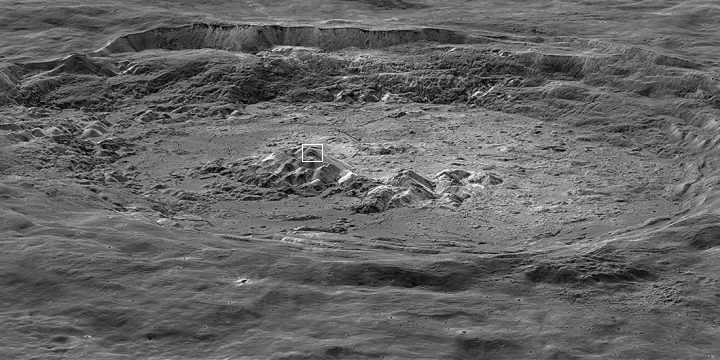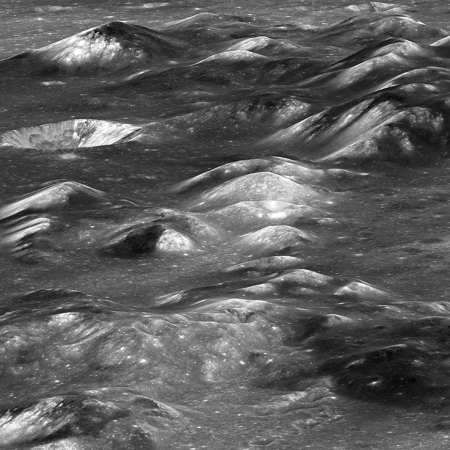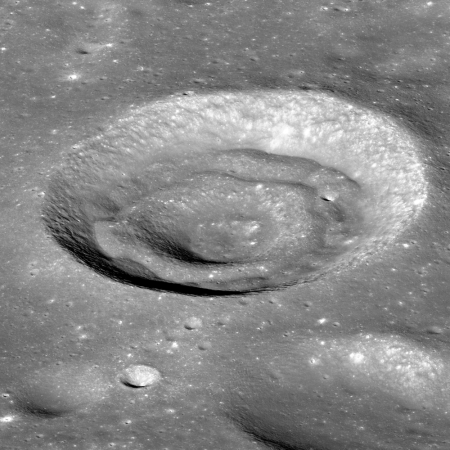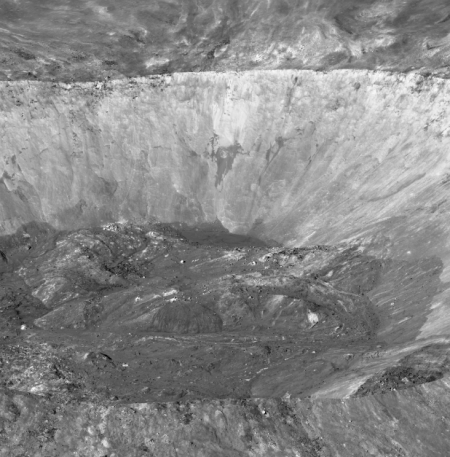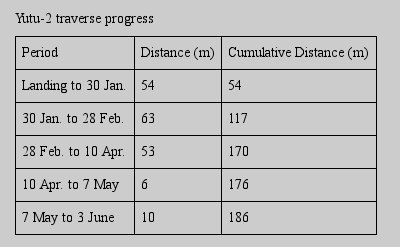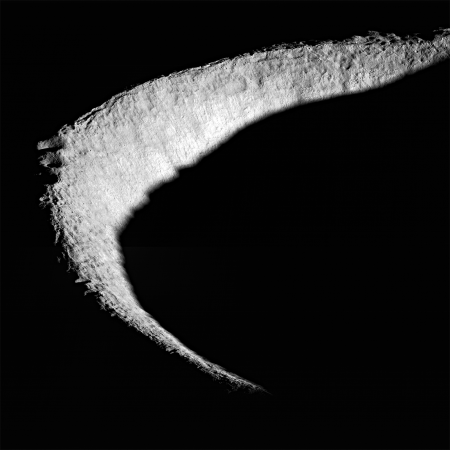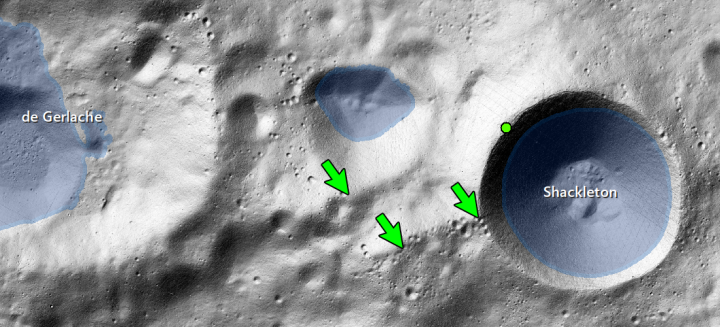Chandayaan-2 completes first orbit burn
India’s lunar orbiter/lander/rover Chandrayaan-2 yesterday completed its first orbital engine burn, raising its apogee, the high point in its orbit, 6,000 kilometers to about 51,000.
This boost meant that Isro scientists have to perform one less manoeuvre in the Earth orbit than what was planned earlier. According to the path chalked out for Chandrayaan-2 before the launch, the on-board propulsion systems were to be fired six times in Earth orbit – five times to raise the apogee and once to raise the perigee. Now, only four more “burns”, or firing of the propulsion system, will be needed on July 26 and 29, and August 2 and 6, to reach the final orbit of 233.2 x 143,953km.
…With a final boost on On August 14, Chandrayaan-2 will escape Earth’s orbit and begin its seven-day journey towards the moon. The spacecraft is scheduled to reach the moon orbit on August 20.
Once in lunar orbit they plan four more burns to lower the spacecraft to a 100 kilometer circular orbit, where the lander/rover will release and begin their own lowering process aimed for a September 7 landing.
India’s lunar orbiter/lander/rover Chandrayaan-2 yesterday completed its first orbital engine burn, raising its apogee, the high point in its orbit, 6,000 kilometers to about 51,000.
This boost meant that Isro scientists have to perform one less manoeuvre in the Earth orbit than what was planned earlier. According to the path chalked out for Chandrayaan-2 before the launch, the on-board propulsion systems were to be fired six times in Earth orbit – five times to raise the apogee and once to raise the perigee. Now, only four more “burns”, or firing of the propulsion system, will be needed on July 26 and 29, and August 2 and 6, to reach the final orbit of 233.2 x 143,953km.
…With a final boost on On August 14, Chandrayaan-2 will escape Earth’s orbit and begin its seven-day journey towards the moon. The spacecraft is scheduled to reach the moon orbit on August 20.
Once in lunar orbit they plan four more burns to lower the spacecraft to a 100 kilometer circular orbit, where the lander/rover will release and begin their own lowering process aimed for a September 7 landing.

